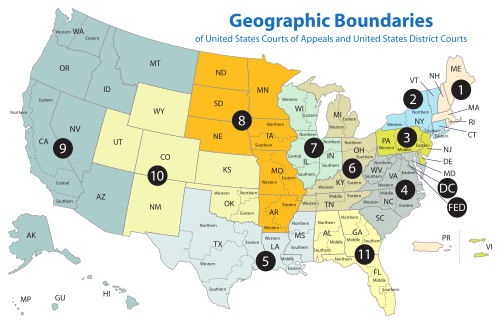And a new district shall be established, in the districts of Maryland and Virginia, to consist of the territory of Columbia, of all that part of the district of Maryland, which lies west and southwest of the river Patuxent, and of the western branch thereof, and south of the line which divides the county of Montgomery in the last mentioned district, from the county of Frederick, and of a line to be drawn from the termination of the last mentioned line, a northeast course to the western branch of the Patuxent; and of all that part of the district of Virginia, which lies north of the river Rappahannock, and east of the line which divides the counties of Fauquier and Loudon, in the last mentioned district from the counties of Fairfax, Prince William, and Stafford; which new district shall be called the district of Potomac, and a district court in and for the same, shall be holden at Alexandria, by the district judge of the district of Maryland, on the first Tuesday in April, and the first Tuesday in October, in each and every year. [2]
